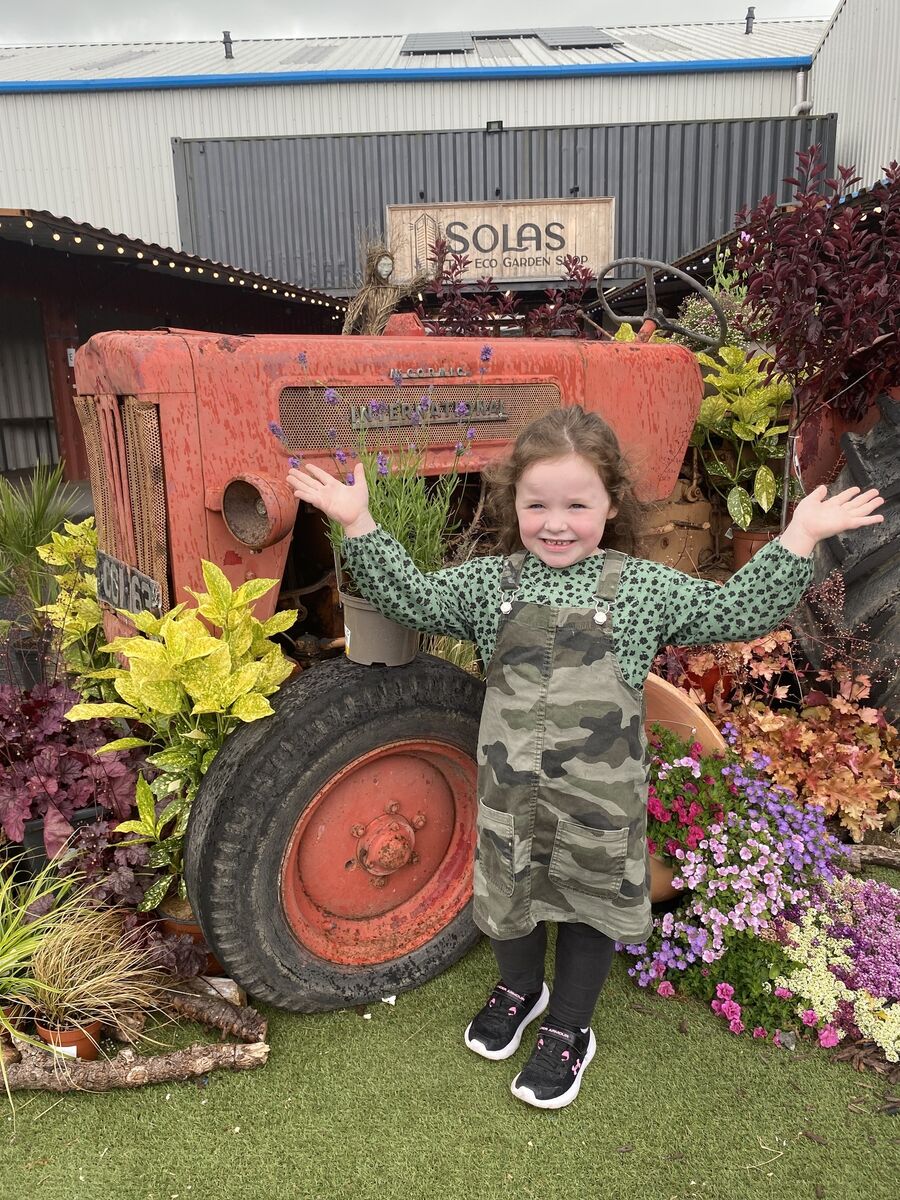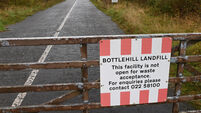The importance of getting children engaged in nature and the garden

This summer, Solas is offering ‘eco-warrior back garden skills’ workshops to six to 14-year-olds.
The day I speak with horticulturalist John Carey, he looks in his garden for flowers that have gone to seed.
“They mostly do this towards the end of summer,” says the co-owner of Portarlington-based Solas, an eco-garden centre and food market.
But already on this late June morning, he finds poppies, clover, sedum and a type of chamomile, all ready to be popped open and their seeds released.
This summer Carey is teaching ‘eco-warrior back garden skills’ workshops to six to 14-year-olds. “Anything practical, hands-on, where they get their hands dirty, is the best way to spark children’s interest in garden skills.
“Give them flowers that have gone to seed — the green’s all gone and the head has gone brown. Let them go around the garden looking for these. Then let them break open the flower and instantly, in front of them, will pop out endless amounts of seeds.”
CLIMATE & SUSTAINABILITY HUB
Children’s reaction is always one of amazement, of awe, he says. Carey encourages children to put the seeds in an envelope, label it and then keep in a cool, dry place until spring when they’re perfect for sowing in plant pots.
“When children are made to feel part of something, they’re far more likely to take ownership of it, and responsibility for reducing their carbon footprint,” says Carey, who tells children that food waste accounts for 8% of global carbon emissions compared to the airline industry’s 2.5%.
He also explains the 50% reduction in Ireland’s bee species since the 1980s and that one-third of the remaining species are under threat. “I explain bees account for 80% of pollination in the wild and that bees are responsible for all cereals, fruit, vegetables and flowers that grow in their gardens.”

Carey encourages children to build a bug hotel in their gardens, a great way to attract earwigs, woodlice — and bees. “It’s very simple and can be done over a weekend, creating a structure with lots of nooks and crannies for insects to use as a habitat.
“You can use clay bricks with small circular holes in them or timber palettes and then create little blocks filled with straw, old twigs and branches.”
At the ecology workshops, children will learn to compost food waste; convert food waste into eggs with a back-garden chicken coop; grow organic herbs and salads, as well as Irish wildflowers from seeds.
Solas itself has been re-developed from an abandoned steelworks. The four-acre outdoor plant and food zone is constructed entirely from end-of-life 40ft containers.
- Hour-long workshops: €10 per child, start on July 9. www.ecogardenshop.ie
Get reluctant children out in nature — build a rockery, suggests John Carey:
- Dust down the wheelbarrow and gather some rocks — try to find ones with moss for added character.
- Position rocks as you see fit, ideally in sets of 3’s; edge the rockery with smaller rocks.
- Allowing children to choose their plants really lets them put their stamp on the project. Go for low-growing plants, e.g. alpines, ground cover, dwarf conifers, Azaleas for some height.
- Get planting — first position all your plants, starting with largest and working your way down.

Celebrating 25 years of health and wellbeing










